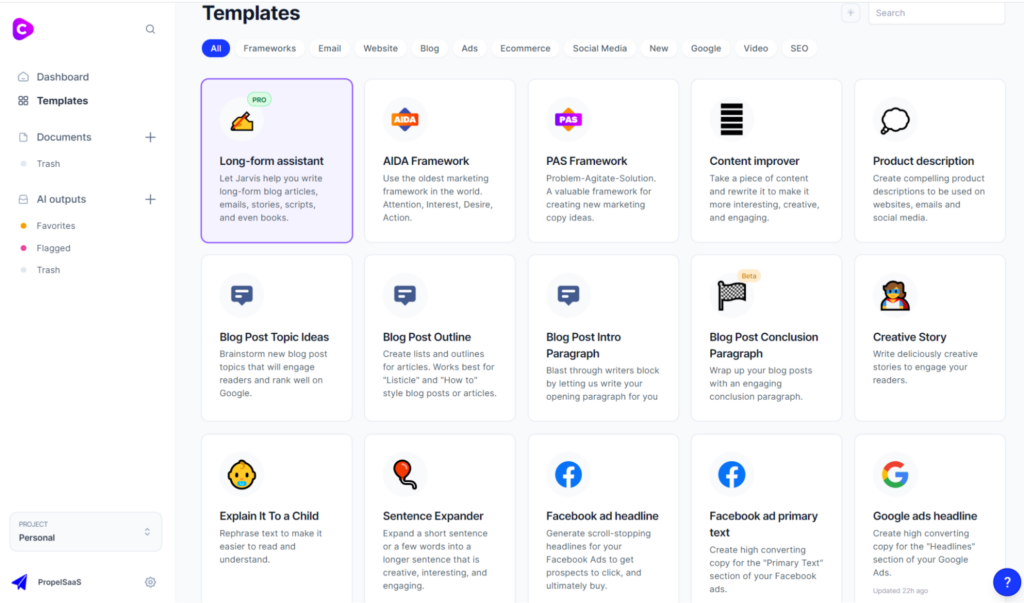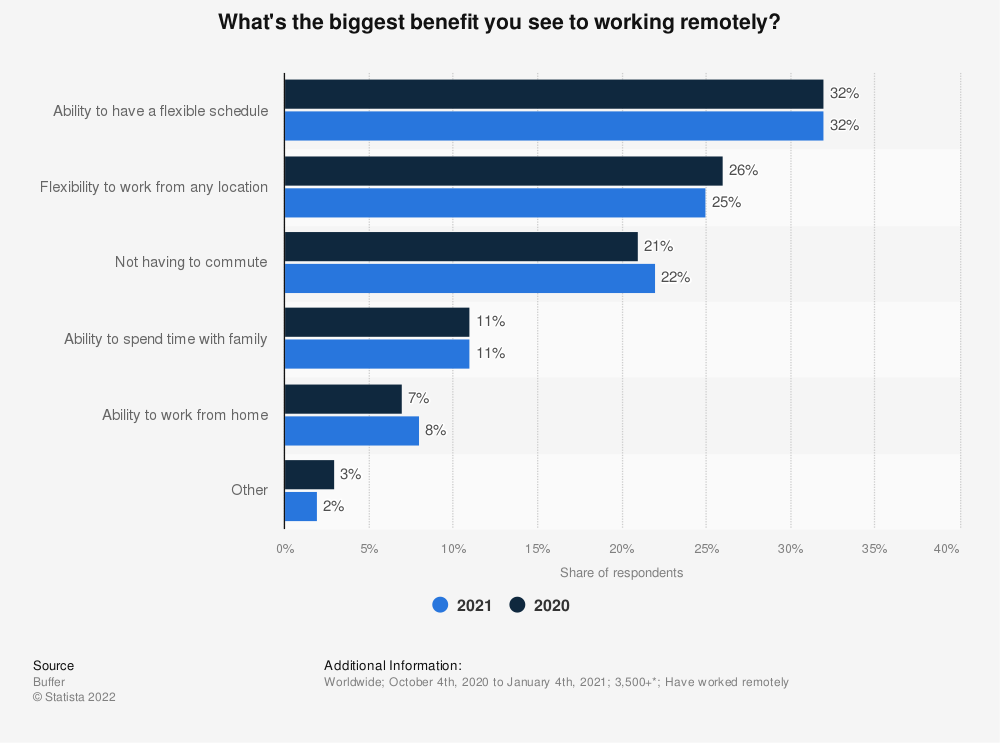A wise man once said, “You can never move forward without knowing where you came from.”
In 2021, despite an ongoing global pandemic, we experienced several advancements in the field of digital marketing. Some of these have made our jobs easier while others — like Apple’s iOs 14 update — meant that we had to get a bit more creative.
In this article, we’re going to take a look back at some of last year’s digital marketing trends with the benefit of hindsight. Hopefully, this provides some useful insights to deal with whatever 2022 has to offer.
Greater Demand for Digital Marketing
The single biggest event that happened in 2021 was obviously the continuation of the Covid-19 pandemic. This forced many countries to implement lockdown measures, where citizens were forced to stay at home. As such, they communicated, worked, and received information primarily through digital screens.
For many, this doesn’t seem like a big shift. But countless businesses realized that with everyone home, the eyes of the world were now firmly fixed on the internet. Hence, more traditional marketing channels gave way to digital marketing.
Content marketing, in particular, has become a larger part of how companies like MeiggsMedia reach their consumers. That’s why 82% of marketers are actively investing in content marketing.
In 2022, we don’t see this trend dying out. The competition for people’s attention will, however, become more ruthless. Even now, brands are finding more creative ways to pique people’s interests. But that doesn’t always mean promotions have to be bigger and flashier.
Coinbase, for example, paid over $6.5 million to run an ad during Super Bowl LVI. Its mind-blowing commercial was a floating QR code box. Dead simple right? But this stood out so much that it generated over 20 million hits within minutes and even crashed its website.

Optimizing SEO and Being Seen First
When a person is unsure of something, Google is the first solution they turn to. It’s not only the world’s most popular search engine, it’s the world’s most dominant search engine, with 90% of the world’s searches passing through its platform. People turn to Google to learn important facts or find the best products and services.
Search Engine Optimization (SEO) was already a huge industry prior to 2021. But last year, it reached a new level of importance. Nowadays, it’s no longer enough for your company to have its own website. It needs to rank on the first search engine results page.
To achieve this, you need an effective SEO and link-building strategy, which starts with relevant content. Now, this may sound easy, but I assure you it’s not. Everyone is chasing after the same spot, so competition is fierce.
To make strides in this arena, a company needs to have a deep understanding of its target audience’s pain points, values, and most importantly, what experiences they go through on a day-to-day basis.
Once you have this down, create relevant content catered to your audience and spread it through different channels. Post to your social media accounts, write in your company blog, network with influencers, the whole gamut.
One simple factor that marketers tend to overlook is engagement. Aside from making interesting content, don’t forget to embed a call-to-action in each post. This has historically been one of the simplest ways to generate uplift for your campaigns. In fact, including multiple CTAs on a long form landing page can increase lead generation by up to 220%.
The Rise of Artificial Intelligence
Artificial Intelligence (AI) has been around for many years. But it’s not just the stuff of science fiction anymore. There’s a common misconception in the business world that incorporating AI is impractical or too expensive. Recent innovations have, however, proven both its practicality and cost-effectiveness.
Companies of all sizes have started incorporating advancements like AI writing tools into their daily copywriting processes. Instead of paying an actual human to research and write posts, AI writing software does this for you. All you need to do is type in the desired topic, specify an estimated length, and click enter. Within just a few minutes, the system will generate a full-length article.
Tools like Copy.ai and Jasper have allowed businesses to safe on both wages and time.
AI writing tools are just the beginning. Tech engineers are always exploring how else Artificial Intelligence can be used to streamline business processes. This includes smart personal assistants like Siri and Alexa, chatbots, voice-to-text features, spam filters, and a whole lot more.
As 2022 rolls around, the AI services market is projected to reach $62.5 billion. That’s set to grow to $126 billion by 2025. When you consider that in 2020, the industry was valued at just over $19 billion, you can see the explosive growth we’re experiencing in this sector.

Image Source
The Impact of Micro-Influencers
When companies want to have their product endorsed, they usually tap influencers. But what happens when they don’t have hundreds of thousands of dollars to shell out?
Last year saw the rise of micro-influencers as a solution to this very problem. Micro-influencers are individuals who have between 10,000 and 50,000 social media followers. These influencers are hyper-focused on a particular niche or interest group.
A common example of this would be Instagram pages targeting moms. Typically, the micro-influencer running such a page is a mother herself. She would share valuable tips on taking care of babies, life hacks, remedies to occasional problems, and even reviews on different products.
Since followers can more easily relate to the experiences of a micro-influencer, they are also more receptive to their product recommendations — to the point where some of these influencers have cult-like followings.
Still, micro-influencer promotions don’t quite outperform the Kim Kardashians and Kylie Jenners of the world just yet. But companies are increasingly more keen on utilizing these personalities since they charge less and their niche target audiences are easier to promote to.
Remote Work is Here to Stay
In 2020, the Covid pandemic created a need for companies to embrace remote work. While many struggled to adapt, remote work has become an accepted part of the business world in 2022.
58.6% of the American work force is working remotely right now, which is a huge number. But this didn’t start with Covid. The pandemic merely accelerated a shift that was already occurring. Over the last 12 years, remote work has seen a 159% growth rate.
Of course, there are many challenges associated with remote work. Employers had to find ways to keep track of everyone’s progress. Distractions at home — like balancing work and household chores or crying kids in the background — couldn’t be completely avoided.

But as time went by, we eventually came around and saw the benefits. Employers actually save up to $22,000 per year per full time employee by having them work remotely. On top of that, the average remote worker saves up to $4,000 per year.
The amazing project management software available on the market today made the remote work switch much easier. Through these tools, team members could share updates, accomplish tasks, and stay on the same page despite the distance between them. An in-app calendar automatically tracks all key dates and deadlines, too, so nothing is missed.
Both B2C and B2B content marketing strategies were able to be adapted to the remote work environment thanks to these advancements.
What We Learned About Digital Marketing in 2021
To say that the business landscape changed in 2021, especially for digital marketing, is a complete understatement. In that time, we saw several innovations that will forever change how we do things: from higher digital marketing demand and micro-influencers to artificial intelligence and remote work.
Come to think of it, though, this may have been a blessing in disguise. Going through those changes allowed so many companies to cut down on unnecessary expenses, streamline processes, simplify procedures, and focus only on what’s important.
Now that 2022 is upon us, it would be foolish to think that things will stay put.
If the previous year has taught us anything, it’s to be ready for anything. Change may be scary at first, but through time, we should learn to acclimate ourselves. After all, challenges are what help us to grow as individuals, and as businesses.








